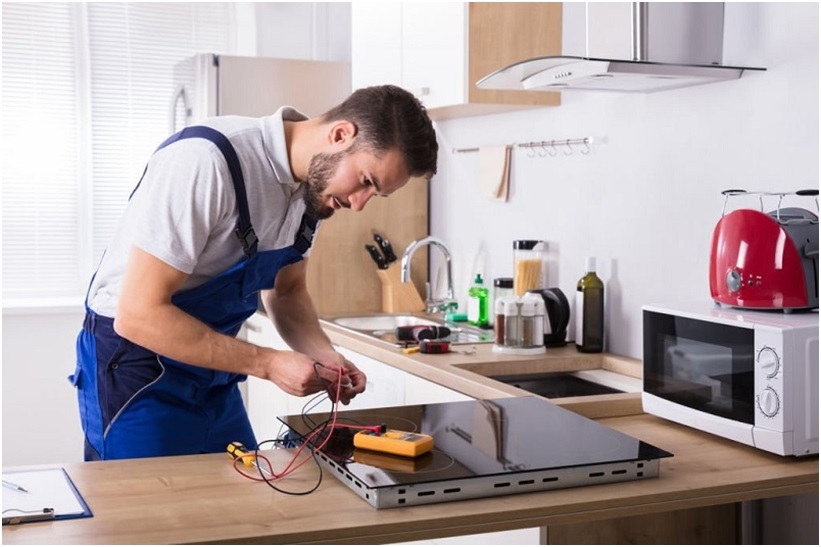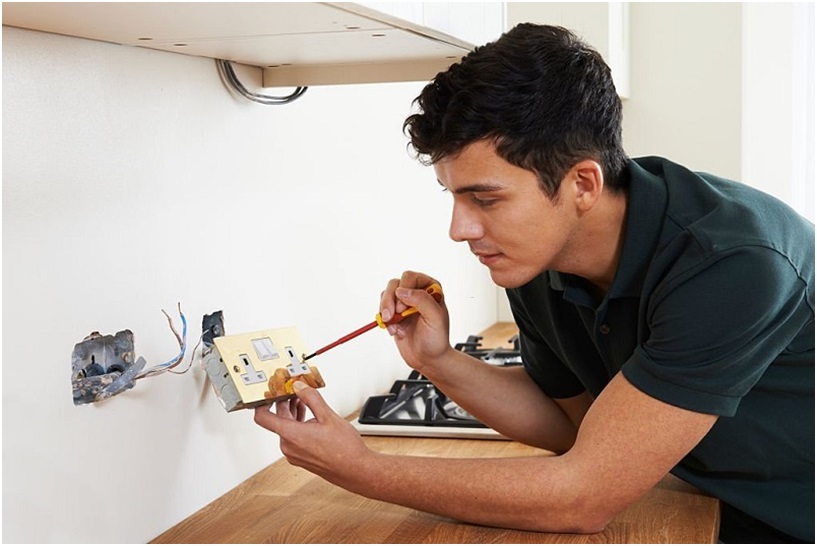Everything You Need to Know About Emergency and Exit Lighting

When a lot of workers, students, and clients are moving around a commercial property on a given day, emergency & exit lighting are practical and effective safety measures. When regular lighting systems are inoperable due to a power outage, exit, as well as emergency lighting, makes it possible to safely enter and exit a building. Only skilled electrician should perform maintenance on such a complicated system. Businesses and organizations should be aware of exit & emergency lighting requirements to ensure electrical compliance and providing a clear and safe escape for everyone inside the building.
Simply put, emergency lighting is necessary for any government and commercial structure that is occupied by staff, clients, or members of the public, as well as in the common spaces of multi-residential complexes. These comprise, but are not restricted to:
- Office Structures
- Fire escape routes
- shopping malls
- parking garages inside
- sports facilities
- Schools
Compliance is Crucial
Each emergency and escape luminaries are equipped with either a battery or must continue to function for a minimum of 90 minutes only after the power is turned out. Exit signs must always be lighted and readily accessible to building occupants. Providing a link along the planned easy exit to a final assembly or evacuation site, they will be placed right above emergency exits, at the bottom of a staircase, and at any change in direction along the journey. Individual obligations vary greatly based on the dimensions of the building, but it is legally required to install emergency exit lighting if your building’s premises are greater than 300 m2 and feature a room with inadequate natural lighting.

Common queries:
Usually while hiring some professional electrical experts there are many questions that pop up. To answer all these queries, you must understand the below mentioned points:
-
How often should emergency and exit lights be tested?
Every six months, a licensed electrician must test all exits with emergency lights to make sure they can operate for 90 minutes without power by simulating a power outage. A thorough logbook must contain the duration test results, any flaws or non-conformances, and maintenance histories. To prove compliance, it must be shown that the necessary repairs discovered during the endurance test have been made.
-
Who may examine the emergency lighting?
Any type of emergency lighting system’s components should be tested and inspected by a qualified individual, such as a certified electrician. Maintenance electrical professional oversee making sure the maintenance record is accurately completed and that it complies with the standards for health, safety, environment, and quality.
-
What should one do if the current system is broken?
It is advised to create an electrical maintenance schedule to guarantee that the emergency light source is in top condition and that all fixtures are always functional. However, you should notify an electrician or any other responsible party right once if you observe any fittings that aren’t even functioning and constitute a risk to the safety of the occupants. The twice-yearly scheduled length testing should reveal errors and catalogue any flaws for remedy.
Defining your building’s emergency & exit lighting requirements
It is crucial that all parties in charge of a facility plan for emergency lighting servicing and maintenance.
- By hiring a maintenance electrician, businesses and organizations may relax knowing that the compliance standards related to the installed electrical safety system are consistently being satisfied.
- Making sure the emergency lights are operating at full capacity is essential since they work best when utilized in combination with a planned evacuation protocol.
- A building’s escape routes, such as hallways and stairways, as well as the location of fire-fighting hardware.
- Fire extinguishers, and security and safety equipment, including key boxes trying to hold emergency keys to exit doors, are illuminated as part of an emergency lighting system to allow for a quick and safe evacuation.
As a result, regardless of use or occupancy levels, escape route illumination can be considered a fundamental necessity of fire safety provision in all non-domestic premises, including public areas. Maintenance electricians evaluate prior maintenance with service records in addition to performing routine maintenance and testing to make sure that any flaws or non-conformances noted during earlier tests & inspections have been fixed.